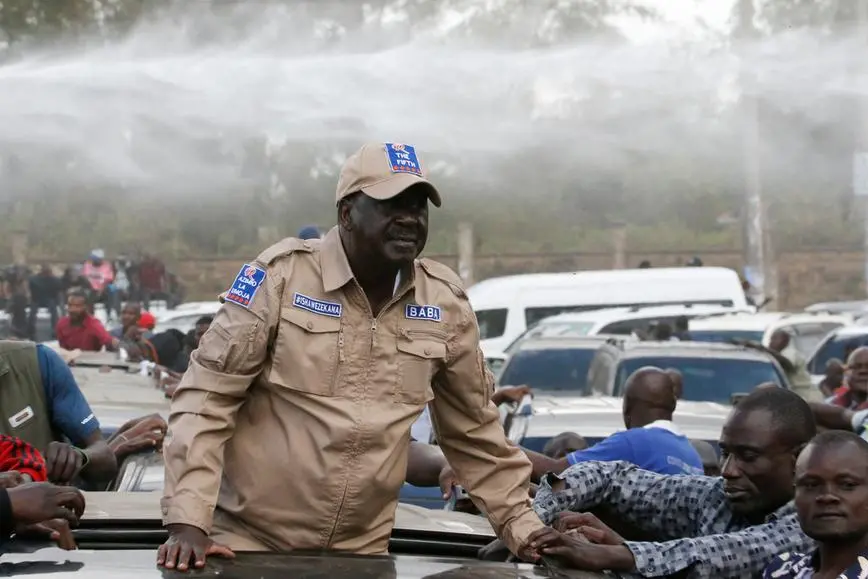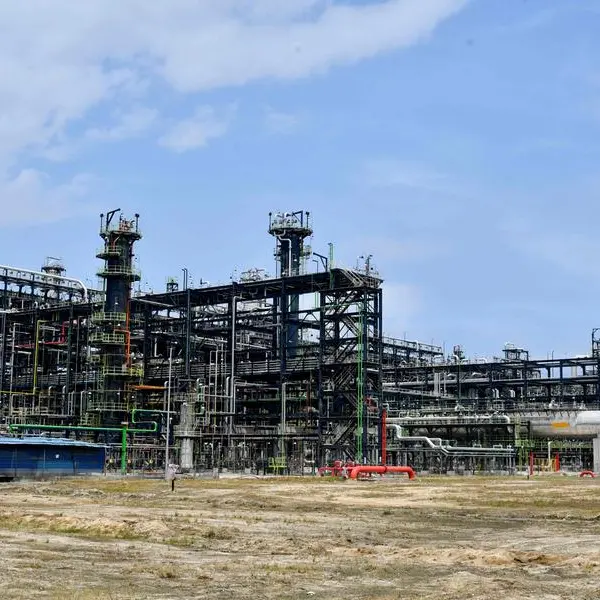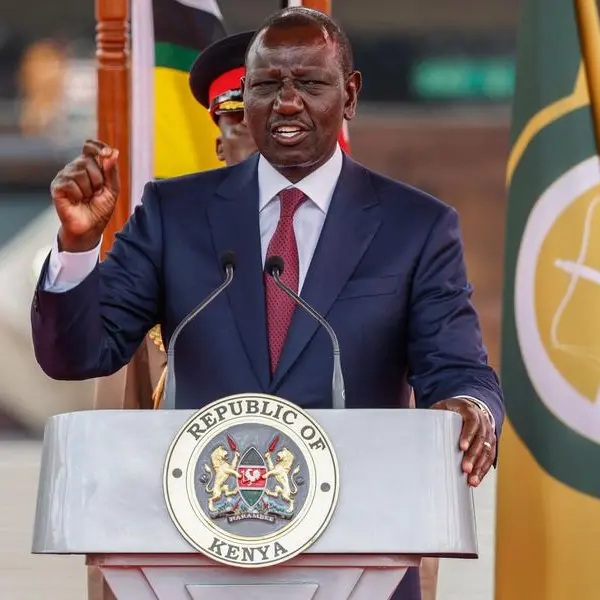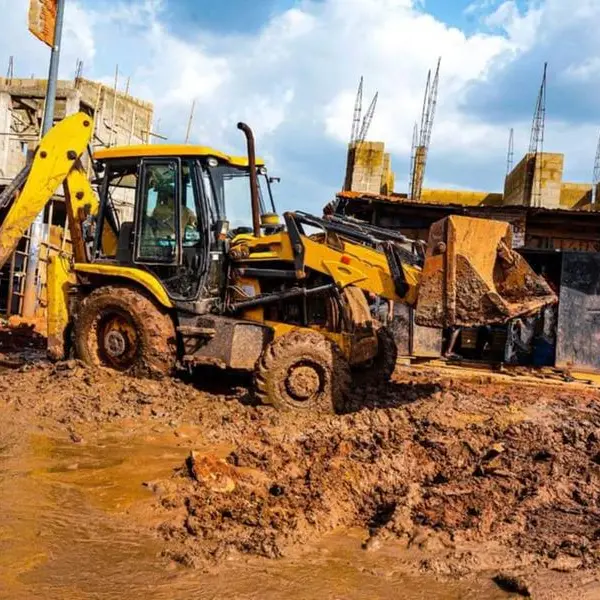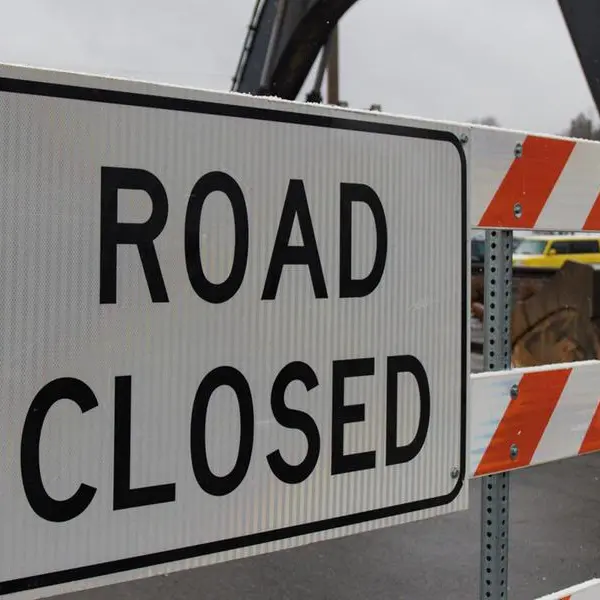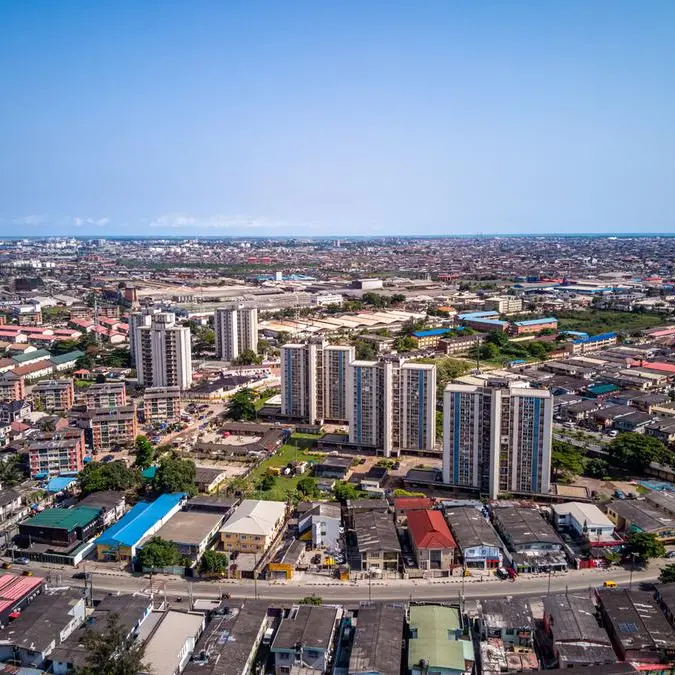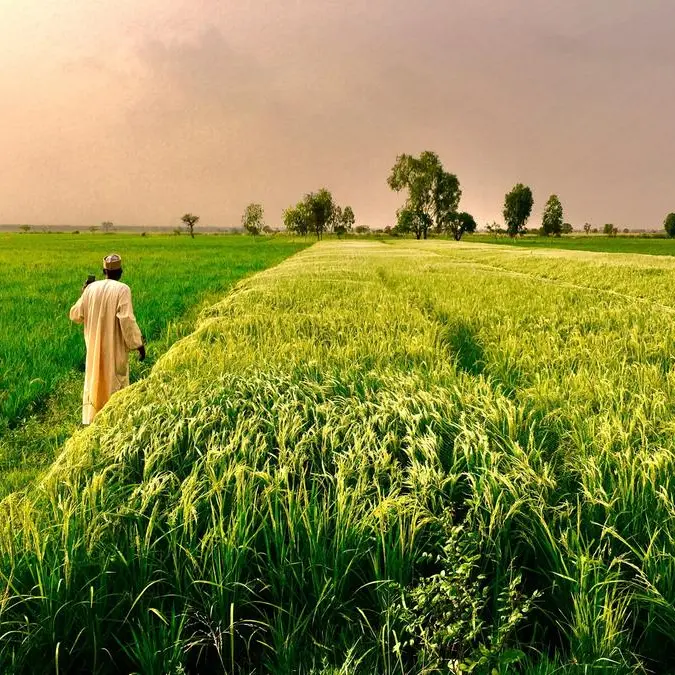PHOTO
Tanzania is waiting in the wings of Kenya’s political uncertainty to raise its position as an import and logistics hub, especially with regional importers of fuel who are increasingly opting for the Dar es salaam route because of safety.
Last week, Kenyan opposition leader Raila Odinga was under pressure from several quarters – both local and international – to call off protests and instead opt for talks.
Odinga had rallied supporters to the streets to protest the increasing cost of living and electoral injustice, demanding an audit of electoral commission servers, but those in government dismiss the riots as a ploy to coerce President William Ruto into a power-sharing agreement – like the one he had with former president Uhuru Kenyatta.
Continue with protestsOdinga’s Azimio One Kenya Alliance movement has promised to continue with the protests twice every week, Mondays and Thursdays, until its demands are met.
The epicentres of the protests lie on the Northern Corridor – the artery linking Kenya’s port of Mombasa to landlocked neighbours Uganda, Rwanda, South Sudan and the Democratic Republic of Congo – threatening transport and logistics on the key route.
Dar es salaam is angling for a share of Mombasa’s total cargo throughput, which has increased steadily over the past five years, from 30.35 million metric tonnes (MT) in 2017 to 34.55 million MT in 2021, according to the Northern Corridor Observatory Report 2022.
Increased cargoIn the same period, cargo throughput on the Central Corridor has increased from 14.04 million MT in 2017 to 17.02 million MT in 2021.
Dar is situated on the Central Corridor, which serves the EAC partner states of Burundi, Rwanda and the DRC, and to some extent Uganda.“The Dar es Salaam port handles around 50 percent of what the port of Mombasa does,” said Omae Nyarandi, executive secretary of the Northern Corridor Transit and Transport Coordination Authority (NCTTCA).“In terms of cargo traffic, Uganda’s cargo from Mombasa is at 98 percent, while her goods from Dar es Salaam are at two percent; Burundi - Mombasa three percent, Dar es Salaam 97 percent; DRC – Mombasa 30 percent, Dar 70 percent; Rwanda - Mombasa 25 percent, Dar 65 percent), and South Sudan – Mombasa 100 percent,” he added.
Based on 2021 data, Uganda – Kenya’s largest trading partner within the EAC – accounted for the lion’s share of transit traffic through the Port of Mombasa, representing approximately 76 percent of transit traffic.
South Sudan accounted for 11 percent, while the DRC accounted for about eight percent.
Now, countries dependent on the Northern Corridor are getting jittery over the disruptive protests.
Kampala strategyDuring the March 20 demonstrations in Nairobi and Kisumu, motorists and businesses were pelted with stones as bonfires were lit and roads blocked.
The riots also paralysed operations along Uganda’s border towns with Kenya like Busia as businesses remained shut for fear of a possible spill-over.
Transportation of goods and people across the border too was briefly halted as truck and bus drivers parked their vehicles in secure locations on the Ugandan side fearing for their safety.
Uganda said it is assessing possible higher costs of importing goods through Kenya should the protests continue in the coming weeks, signalling the price of relying on the Port of Mombasa.
Safer optionThe Port of Dar es Salaam could be the safer option, even though Kampala’s immediate strategy is to stock up the basics while Kenyans fight teargas.
Officials after a crisis meeting at Uganda’s Trade Ministry said stocking fuel reserves in the long run and rerouting certain imports through Dar es salaam were options in case the disruptive protests persist. These are, however, subject to Cabinet approval.
On Thursday, Uganda’s Minister for Trade Francis Mwebesa said there were ongoing talks with Kenyan authorities over securing the transport corridor from Mombasa.“It is the responsibility of the government to do something in situations like this. We have to think about it entirely and address it with counterparts in Kenya,” he told The EastAfrican.
Cost escalationsRoad tolls, multiple border charges, and road conditions have already been identified as factors that cause cost escalations for transporters on the Northern Corridor. Additional disruptions from protests are likely to see the costs rise further, adding to the cost of living in the region.“The demonstrations have a detrimental and a negative spill-over effect on trade within the region,” said John Bosco Kalisa, chief executive of the East African Business Council.“This is because 86 percent of our goods destined for Uganda, Rwanda, South Sudan and the DRC are served by the port of Mombasa so any demonstration has an immediate impact on trade and investment.”“If we have demonstrations, it means that it is going to raise the price level of goods and it is going to negatively impact business in East Africa and even threaten foreign direct investment,” Kalisa added.
Hopeful tradersEzra Rubanda, the executive director of the Uganda Manufacturers Association, whose members mostly rely on this route for imports and exports, told The EastAfrican that the lobby was already engaging with both Kampala and Nairobi for a possible solution that will see trade on the route continue seamlessly.“We are conscious not to engage into their internal issues but as regional stakeholders, we are concerned. We are, however, still positive that this impasse will not last long,” he said.
He added that in the meantime, members of the association have been asked to consider the Dar es Salaam route, but which is longer and more expensive.
Little business senseUgandan businesspeople have in the past complained that the Central Corridor, which is 1,680 kilometres long, is very expensive and makes little business sense.
The route from the Port of Mombasa to Kampala on the Northern Corridor covers a distance of 1,169km while to Kigali is1,682km.
EABC’s Kalisa said a number of traders had asked for alternative routes.
On March 23, the EABC boss held discussions with Abel Mwesigye, the chief executive of the Kampala Traders Association (Kacita), a body of 500,000 traders within Kampala city who asked to use the Dar es Salaam port for their imports.“Kacita requested Ugandan vehicles to be allowed to load from the port of Mombasa,” said Kalisa.
Post-election violenceUgandan traders have been here before where political disruptions in Kenya result in losses for their businesses. After the 2007-2008 post-election violence, they sued in Kenyan courts and were awarded $52 million in compensation, which Kenya is yet to settle.
The Kenyan government, however, has assured traders on the Northern Corridor of plans to ensure smooth flow of goods during the planned demonstrations next week.“That road is very significant to us and we give assurance to our neighbours that that trade within the countries will not be disrupted,” said Abdi Dubat, principal secretary at the Ministry of EAC, Arid and Semi-Arid Lands and Regional Development.“The riots will not disrupt trade within the EAC. We have mechanisms to monitor the movement of goods to all our exit points. And we have a border management secretariat that ensures that the borders are all working well.”Bad for businessThe Kenya Private Sector Alliance (Kepsa) has condemned the demonstrations, saying loss of property and lives as was witnessed Monday is bad for business and investment.“We recognise that the right to assemble, picket and peacefully demonstrate is firmly entrenched in the Constitution of Kenya and the role these activities play in advocating for change,” read a statement from the association.“Demonstrations where property and lives are lost, such as what we witnessed on Monday 20, do not have any winner and we all stand to lose. Such actions undermine the future of the country, cause economic damage and cause apprehension and fear,” it added.
Kepsa members were particularly concerned by the attack on economic drivers such as media, telecommunication and banking institutions that have been cited for consumer boycotts.
Nairobi Governor Johnson Sakaja expressed his disappointment over the destruction of property during Monday’s protest in Nairobi and Kisumu.
Nairobi revenueThe governor revealed that Nairobi County managed to collect only half (Ksh30.3 million/$230,593) of what it collects daily.“This country needs to have dialogue on the protests. Those caught on camera uprooting infrastructure should be charged,” said Sakaja.
Newtown Wang’oo, chairman of the Kenya Transport Association (KTA), the lobby for goods movers, said no incident of cargo loss and attack was reported on Monday as they had forewarned members to avoid roads along the protest areas.
KTA said its 5,000 members will be parking their trucks on Mondays and Thursdays to save them from attacks by demonstrators.“We had resolved to suspend our services every Monday to give room for demonstrations as we remain safe but with an additional day (Thursday) for protest, we have no option but to park our trucks two days a week,” said Wang’oo.
Truck driversIn border towns, truck drivers have also been advised to park in places gazetted by the police in case the situation worsens on Mondays and Thursdays instead of entering Kenya.
This however is poised to reduce trade volumes and revenue collections, the government predicts.“With the current situation, we are now concerned of our future business as already we have received inquiries from our clients if it’s no longer safe to use Northern corridor which indicates they are considering using Central Corridor in the near future,” Wang’oo added.
Global problemOn Tuesday, Nairobi declared the protests “insensitive”, with the Foreign and Diaspora Affairs Ministry telling embassies that Odinga was leading protests over economic turmoil that is currently being felt in the “entire globe.”Odinga dismissed this as “propaganda” by the government seeking to blame his supporters.
Roy Mwanthi, the national chairman of the Kenya International and Warehousing Association urged the government to resolve the political issue as it would result in heavy losses in future.“The situation is not conducive to traders and the effects will be long term. That is why we are asking government to ensure goods and properties are protected,” he said.
By Luke Anami, Jonathan Kamoga and Anthony Kitimo © Copyright 2022 Nation Media Group. All Rights Reserved. Provided by SyndiGate Media Inc. (Syndigate.info).
